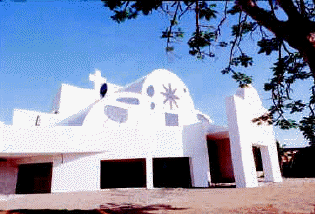



Photo1902 Church Letter Kabar Tomb Stone Jerusalem News
At the turn of the 20th century, there lived a holy man on a haunted island, called Parumala, on the banks of River Pampa in Kerala, India. He was the prophet of his time, who set moral tone for his people. Powerful like Prophet Elijah and glittering like John the Baptist, he remains the beacon and a great Saint of the Malankara Orthodox Church. It was on June 15, 1848, that Kochu Ipeora(Geevarghese) was born in Chathuruthy family, Mulanthuruthy, Kerala. His parents were Kochu Mathai and Mariam, who had three sons and two daughters. After the birth of fifth child Ipeora, Mariam died. After the early days of education under Malpan(teacher) Geevarghese of Chathuruthy, Kochu Ipeora was ordained as decon on September 14, 1859; he was only ten years old at that time.
One day Malpan became seriously ill with smallpox. Deacon Geevarghese was the only one who stayed and took care of him, while all others were sent home. On the eight day Malpan died and Deacon became ill. During this time he had a vision of St. Mary in his dream, descending to console him, and exhorting him to dedicate the rest of his life to the lord. He pledged: "He Would". This was a heavenly vision that enable him to become a humble servent of God. Very soon the deacon recovered. At the age of 18, in 1865 he was ordained as a priest. Joseph Mar Dionysios raised him to the order of monks(Ramban) in 1872. The Patriarch of Antioch consecrated four(4) metropolitans at Paravoor Church, Kerala in december 10, 1876. The youngest amoung them was Geevarghese Ramban and who was named Mar Gregorios. Because of his age everybody called him "Kochu Thirumeni"(Youngest Bishop). Mar Gregorios was appointed the bishop of Niranam, Kerala. He started a monastry at Parumala, Kerala.
Mar Gregorios was a man of God, who lived not according to the way of the flesh but according to the law of god. He led a virtuous and austere life, like a monk, living on frugal diet enriched by prayer and fasting.
At Parumala Seminary he led a austere life. He woke up at 4am
in the morning and prayed till 5am. He taught deacons till 7am
followed by prayer and his lite breakfast. From 9am till 11am he
taught deacons again. From 11am to noon he took care of
administrative matters and again went to prayer at noon and then
to lunch. He rested till 1:30pm and taught till 4pm with a brief
prayer in between. From 4pm to 5:30pm he was busy with his
administrative duties. After evening prayers and supper he taught
bible to the deacons. After the complining, at 9pm he would let
the deacons go to bed, but he would still be praying until
midnight. On Wednesdays and Fridays and lenten days, he would
fast till evening. Besides, he observed his own special fasts.
People came from far and near to seek his blessings and paternal
advices.
In his own words "Prayer brings truth,religious faith, honesty and respect amoung the people."
St. Gregorios became sick when he returned from Veeyapuram Church after blessing a marriage. Even from the beginning of his illness he knew that he was in his last days. The news of illness spread all over Malankara. Although he grew weaker day by day, his face shone brighter and brighter. It was on November 2, 1902, midnight he was ready to meet his heavenly father. He left his earthly abode and flew to eternity. In 1947, The Holy Episcopal synod canonised and proclaimed him a Saint of th Orthodox Church. There are hundreds of instances that proved his Saintilness. Thousands of people receive favours and blessings through his intercession.
The growing flow of pilgrims to his tomb, several years after his demise, tells a story of a man of faith, prayer, healing, and great intercession.